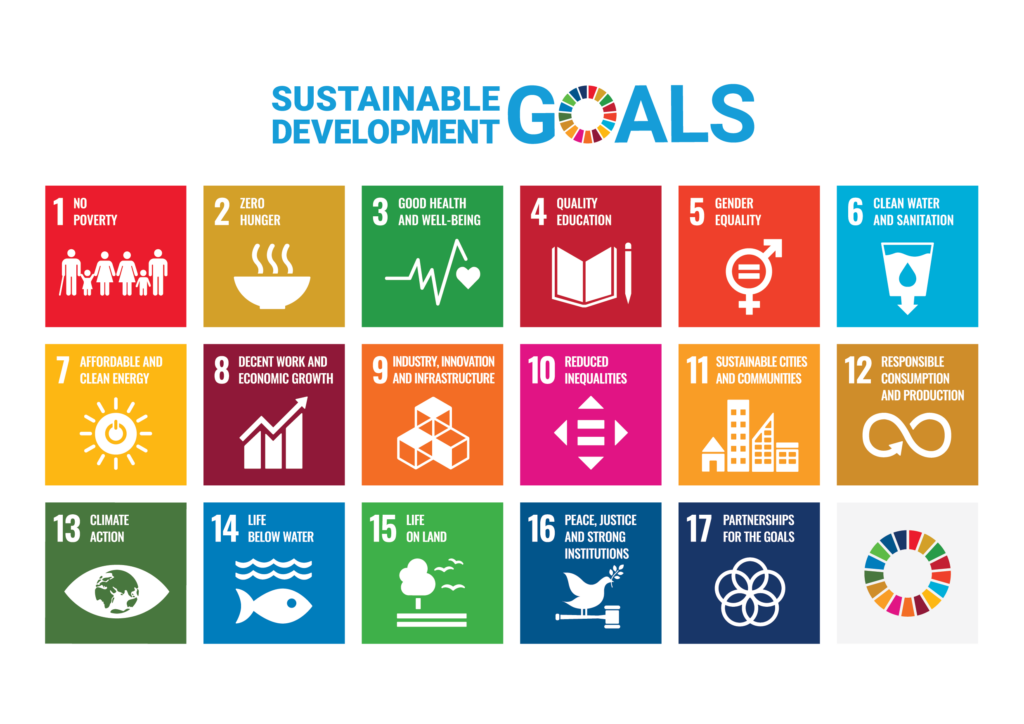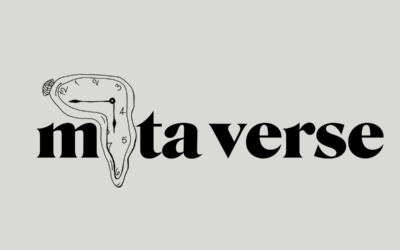You’ve probably heard of the Sustainable Development Goals (or SDGs). They are an internationally shared agenda for global sustainability developed by the United Nations in 2015. The set of goals are designed to help solve humanity’s current pressing problems, from extreme poverty to inequality and injustice to the increasing rate of climate change on our planet. The so-called 2030 Agenda calls on everyone, including the private sector, to incorporate these goals into their strategy.
But why is it also important for your marketing strategy?
Of course, these goals have great social impact and it’s great to unite behind a unified vision of a better future. Of course, they also bring with them another great benefit – they help you tell the right story. And the story is what sets you apart from the competition. It’s the only thing you can use to engage your customers today in a world that’s cluttered with ads and huge competition.
ESG vs SDG
On a broader scale, we feel that many companies are focusing on what is called ESG (Environmental, Social and Governance), that is, managing the company with environmental and social aspects in mind. In short, it is a strategy of investments that also meet socially responsible behaviour. However, it is not wrong to go further, beyond the standard ESG strategy frameworks and focus on the individual Sustainable Development Goals. This will give you an immediately concrete direction.
For the last two years, in workshops where we have been addressing the whole brand strategy with our clients, we have been embedding the SDGs right at the beginning into the vision and purpose. It can be a great differentiator from the competition. A global survey by PwC found that 78% of people are now more likely to buy from companies that have signed up to the SDG agenda.
However, how these goals are communicated is also very important.
The goals themselves can still seem broad, ambitious, complicated and too interconnected. That is why we believe it is important to simplify them into compelling and credible stories. In addition, it is crucial to focus on their specific objectives and to narrow down each individual fact into a story. The deeper you go, the more authentic and truthful the story you will have. This is the only way customers will understand your values and ideas. Data and analytics are for persuasion, but compelling stories are what will increase people’s trust in your brand.
Many surveys also show that millennials tend to trust brands that communicate something to them more. They no longer give in to straightforward traditional advertising, but prefer to feel a human and personal closeness, a connection.
What are all the Sustainable Development Goals or SDGs?

We have selected several SDGs to show you examples of how to implement them in your communication strategy.
Goal 5: Achieve gender equality
SDG 5 is about gender equality and focuses on “ending all forms of discrimination”. Investing in gender equality is not only the right thing to do, but a 2017 study revealed that millennials care much more about gender equality in the workplace than older generations and see it as fundamentally important. Given that
this generation makes up your current and, even more so, your future target audience, it can be crucial for you to incorporate equality ideas into your marketing and communications strategies.
Not to mention that implementing this goal may not be at all challenging for you. Focus on the stories that are being created in your company. Speak out on pay inequality, communicate clearly and transparently.
Goal 7: Ensure access to affordable, reliable, sustainable and modern energy sources for all
SDG 7 focuses on “affordable, reliable, sustainable and modern energy for all”. Especially in recent years, energy has become a bigger and bigger issue. It is now recognised that, compared to fossil fuels, renewable energy brings many benefits to society and the environment: it is cleaner, less expensive in the long term and supports the world’s transition to organic agriculture.
The societal discussion around the environment is huge, and an NREL study showed that more than 80% of respondents are interested in using renewable energy. This means that a company that actively promotes the use of renewable energy will be viewed positively in the long run.
It can be the sheer small things that you can communicate. Does your website or e-shop run on green energy? Or are you based in a sustainable building? Do your products have a lower carbon footprint than your competitors? There are many options you can take advantage of these days. Communicate this to your customers, letting them know that their purchase was environmentally friendly.
Goal 8: Promote sustained, inclusive and sustainable economic growth, full and productive employment and decent work for all
According to PwC, customers are increasingly interested in companies that respect fundamental human and labour rights.
In fact, companies that promote employment and economic growth through the value chain face a lower risk of reputational damage. Whether it’s by stopping supporting child labour and production in third world countries under poor conditions, or products made in sheltered or social workshops.
Give your customers an insight into the conditions under which your products are made, let them see inside your workshop or studio. Share the stories of the people behind it and put a human face on your story.
Goal 12: Ensure sustainable consumption and production
This goal is one of the broadest of the Sustainable Development Goals.
This could be, for example, the issue of food waste in catering businesses. As stated, food waste is becoming a bigger and bigger problem and many people are becoming aware of this problem.
It can also be about recycling – we see returnable packaging and recycled materials almost everywhere nowadays and this can also have a major impact on the decision-making process of your potential clients.
The future of marketing and advertising
Marketing can support sustainable growth by creating compelling experiences at the intersection of purpose and innovation. Therefore, effective advertising depends on helping companies create a more meaningful world for their customers by identifying a social purpose.
The role of marketing is to show how different products could solve social problems given different social contexts. As the future of marketing lies in creating experiences that make consumers’ lives not only effective but also meaningful and robust, the role of marketing managers is evolving. To meet the demands of a new generation of consumers, marketing executives should strive to align product and purpose and reinforce ethical values and commitments.
CMOs are also able to assess a company’s purpose and established action programs. The CMO can really challenge the company in a positive way and say, ‘What are those programs? Are we investing enough or are we taking enough action across the organization?
New consumers demand and deserve a higher social and environmental ethic from companies. Marketing must take a greater share of responsibility for solving some of the existing problems by aligning purpose and innovation, ethics and business.



